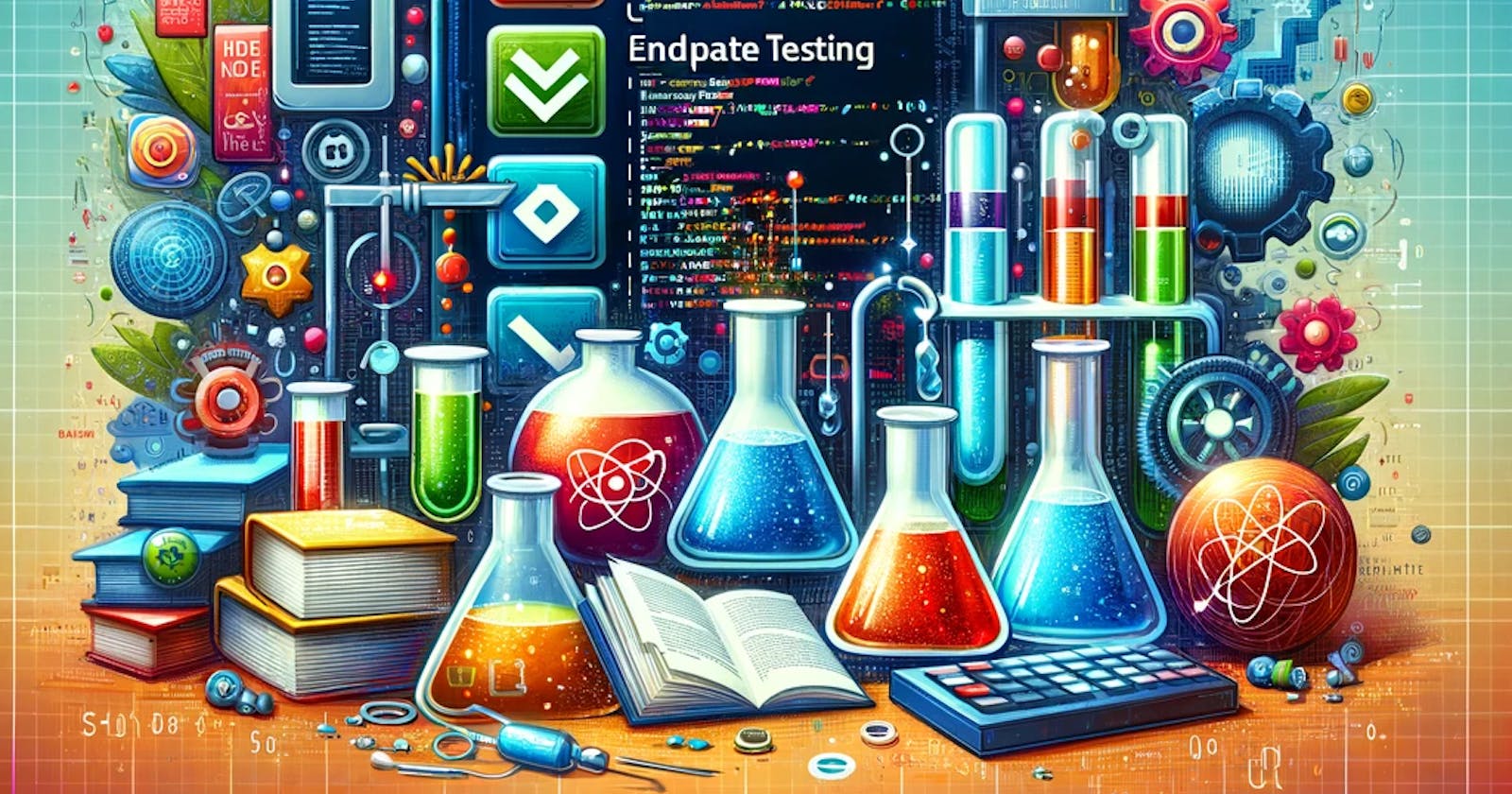Testing is a critical part of the software development process that helps ensure code quality, functionality, and stability. In JavaScript development, various testing frameworks and concepts are employed to cover different aspects of testing, including unit testing, integration testing, and end-to-end testing. This guide provides an overview of these frameworks and concepts, along with code examples to help you get started.
Unit Testing
Unit testing involves testing individual units or components of the software application to ensure they work as expected. A "unit" typically refers to the smallest testable part of an application, like a function or a class.
Popular Frameworks:
- Jest: Jest is a delightful JavaScript Testing Framework with a focus on simplicity. It works out of the box for any React project and supports projects using Babel, TypeScript, Node, Angular, and Vue.
// Example using Jest to test a simple function
function sum(a, b) {
return a + b;
}
test('adds 1 + 2 to equal 3', () => {
expect(sum(1, 2)).toBe(3);
});
- Mocha: Mocha is a flexible testing framework for Node.js and the browser.
// Example using Mocha and Chai for assertions
const chai = require('chai');
const expect = chai.expect;
describe('sum function test', () => {
it('should add 1+2 to equal 3', () => {
function sum(a, b) {
return a + b;
}
expect(sum(1, 2)).to.equal(3);
});
});
Integration Testing
Integration testing evaluates the combination of units or components to ensure they work together as expected. This can involve testing interactions between different parts of the application or with external systems.
Tools for Integration Testing:
Jest: In addition to unit testing, Jest can be configured for integration testing.
Supertest: Ideal for testing HTTP APIs.
// Example using Supertest to test an Express app
const request = require('supertest');
const app = require('../app'); // Your Express app
describe('GET /api', () => {
it('responds with a json message', done => {
request(app)
.get('/api')
.expect('Content-Type', /json/)
.expect(200, done);
});
});
End-to-End Testing (E2E)
End-to-end testing involves testing the entire application from start to finish. It simulates real user scenarios to ensure the system meets the defined requirements.
Popular Frameworks:
- Cypress: A next generation front end testing tool built for the modern web. It is most useful for testing web applications.
// Example using Cypress for E2E testing
describe('My First Test', () => {
it('Visits the Kitchen Sink', () => {
cy.visit('https://example.cypress.io')
cy.contains('type').click()
cy.url().should('include', '/commands/actions')
cy.get('.action-email')
.type('hello@cypress.io')
.should('have.value', 'hello@cypress.io')
});
});
- Selenium WebDriver: An industry-standard for end-to-end testing of web applications across different browsers and platforms.
Conclusion
Testing is an integral part of JavaScript development that helps ensure the reliability and quality of your applications. By leveraging these testing frameworks and concepts, you can create robust and maintainable software. Remember, the key to effective testing is not just in choosing the right tools but also in understanding the principles behind different types of testing and applying them appropriately in your development process.
